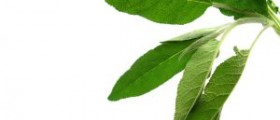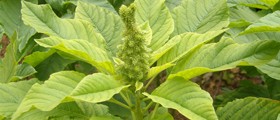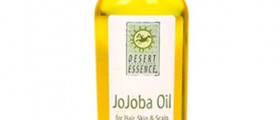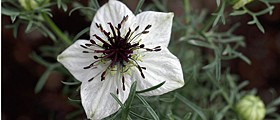
Information on Thyme
Thyme is a perennial plant which comes from the family ofmints and it actually exists in numerous different colors and shapes. It hasbeen used for different purposes ever since the times of ancient Greece andRome. There are more than 350 different species of thyme, and that includes thenumerous types of cultivars as well. It is very hard to classify some of thembecause these cultivars hybridize very easily. Most species of thyme areexcellent garden plants with neat habits. The nectar from the flowers commonlyattracts bees. Some species are erect and they can reach a height of about 18inches while some species are spreading and creeping. The flowers of the thymeplant may be pale pink, blue-violet, magenta, lilac and mauve while the colorsof the leaves may vary from bronze-tinted and silver to dark green, lightgreen, golden green and even olive grey-green. Different species of thyme alsohave different names and some of the most significant ones include HighlandCream, Silver Posie, Lemon Curd, Goldstream, Pink Ripple, Rainbow Falls, Archer’sGold, Silver Queen and Golden King. The leaves of each thyme species have acharacteristic odor and some of them resemble the scent of pine, eucalyptus,camphor, celery, caraway, tangerine, orange or lemon. The subtle differences ofthe composition of terpenoid are what determines these flavors and aromas.Thyme is one of the most pleasant plants a person can have in the home garden.It is small, it requires lots of sunshine and it loves a rocky soil. All thymespecies need to be trimmed after the flowering.
Culinary Use
The common thyme and lemon thyme are the ones commonly usedfor most culinary purposes. They originate from the western Asia and EasternEurope but they are now cultivated everywhere around the world. They can beused as a flavoring in numerous different types of custards, soups, casseroles,stews, sautéed vegetables and baked vegetables. Thyme can also be used inmarinades and stuffings. Thyme is also commonly used in the production of essentialoils, soaps, antiseptic ointments, toothpastes, perfumes and cosmetics.
Therapeutic Use
Thyme contains plenty of thymol which is a chemical compoundwith very potent antioxidant, antibacterial and antiseptic properties. It canbe used for the treatment of mouth inflammation, whooping cough, throatinfections, chronic bronchitis, upper respiratory tract inflammations, acutebronchitis and several other medical conditions. It is also very efficient inpreventing different types of cancer.

















Your thoughts on this
Loading...